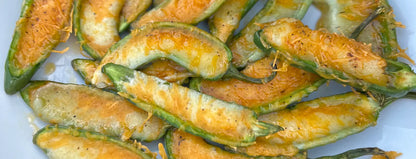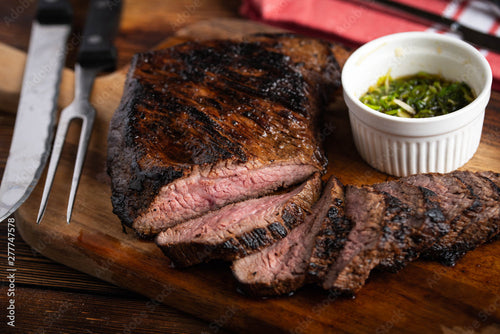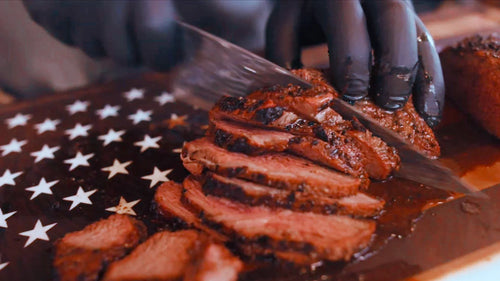A few weeks ago we highlighted some unique cuts of steak and beef. For this week’s blog, we’re covering the primal cuts of pork and helping you learn which part of the pig your favorite cuts come from.
There are 7 primal cuts on pigs. These are the big butcher’s cuts that you see if you’ve ever had the chance to watch your local butcher break down a pig. Each of the primal cuts are broken down into smaller pieces and that’s where we get cuts like pork loin, pork chops, and bacon.
Here’s a brief guide to the primal cuts of pig.
Pork Butt (or Boston Butt)
Its name is deceiving. The Pork Butt actually comes from the shoulder of the pig. It includes the neck, shoulder blade, and upper arm of the pig. As you might know, the Pork Butt is a moderately tough cut of meat that is ideal for slow roasting, braising or smoking. Pulled pork anyone? It’s also great for making pork sausages or ground pork.
Picnic Shoulder
Also known as the pork shoulder, the Picnic Shoulder comes from right below the Pork Butt. It is usually smoked or cured and is great for ground pork and sausages. You can roast it, but that’s not the best use for the Picnic Shoulder.
Pork Loin
One of our personal favorite primal cuts, the Pork Loin is where we get the tenderloin, fatback, and baby back ribs. You can choose to roast the entire loin or you can cut it into pork chops or cutlets. The upper ribcage area gives us the baby back ribs that we all know and love. A lesser known cut to come out of the Pork Loin is the fatback which can be added to ground pork or sausages or used to make lard or salt pork.
Ham
The back leg of the pig is where we get ham. When it is smoked and cured, this is where you get serrano ham and prosciutto. The entire fresh ham is typically roasted, but can be cut into ham steaks as well.
The Ham is also where the ham hock, a quintessential part of Southern cuisine, comes from. Found at the joint between the shank and the end of the ham, the ham hock is what is usually braised with collards or other dense greens.
Pork Side
Moving to the bottom of the pig, you get the Pork Side. This is where you get pork belly, bacon, and pancetta. These cuts are prepared a variety of different ways from slow roasting to frying.
Spare Rib
The Spare Rib is located between the Loin and the Pork Side. The Spare Ribs are usually grilled low and slow to ensure they are moist and tender. They can also be braised or cooked in a slow cooker.
Pork Jowl
A lesser known cut to the United States, the Pork Jowl is usually used for making sausages. Some restaurants have started to serve pork collar and pork cheeks which both come from the Pork Jowl.
Pork Foot
Typically reserved for adding to stocks, soups, and stews, the Pork Foot contains a lot of collagen and is a good source of gelatin. Slow stewing or simmering breaks down the connective tissue and makes the meat tender. Pork Foot can also be slow smoked, cured or pickled.
Let us know your favorite cut of pork in the comments!


 Flat Iron® Portable 17-inch Gas Griddle
Flat Iron® Portable 17-inch Gas Griddle
 Flat Iron® Premium Gas Griddle
Flat Iron® Premium Gas Griddle
 Flat Iron® Gas Griddle with Lid
Flat Iron® Gas Griddle with Lid


 Sauced and No Sauce Spare Ribs
Sauced and No Sauce Spare Ribs
 Pulled Pork n' Bacon Cheesy Sliders
Pulled Pork n' Bacon Cheesy Sliders
 Smoked Pulled Leg of Lamb
Smoked Pulled Leg of Lamb





